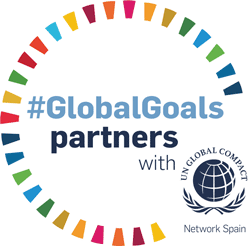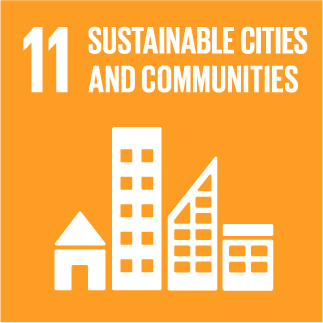Integrated manufacturing of REciclable multi-material COmposites for the TRANSport sector
Optimization and Comparative Analysis of Machining Performance of Al–Cu–SiC–GNP Composite: Influence of Reinforcement Variations Using Machine Learning, RSM, and ANOVA Validation
This study optimizes the machinability of composites via stir casting using machine learning, response surface methodology, and ANOVA. The effects of SiC and GNP reinforcements on material removal rate, surface roughness, and kerf width are analyzed. The artificial neural network outperforms other models, enhancing predictive accuracy for advanced composite applications.This study aims to optimize and analyze the machinability of Al–Cu–SiC–GNP composites using advanced techniques such as machine learning, (RSM), and (ANOVA). The composites are fabricated using an ex situ stir casting process with varying reinforcement percentages of silicon carbide (SiC) and graphene nanoplatelets (GNP) (2, 3, and 5%), and their machinability is evaluated during water jet machining. The key machinability parameters analyzed are material removal rate, surface roughness (Ra), and kerf width. Experimental findings reveal that reinforcement percentages significantly influence machinability. Optimal results are achieved with 5% SiC, 3% GNP, 300?MPa, and 120?mm?min?1, balancing enhanced mechanical properties and efficient machining. ML models, including decision tree, random forest, support vector machine, and artificial neural network (ANN), are applied to predict machining outcomes. Among these, the ANN model exhibits the highest predictive accuracy, capturing complex nonlinear interactions between input parameters. The study also validates results through RSM and ANOVA, confirming the statistical significance of reinforcement and machining parameters on machinability. This research provides a robust framework for optimizing hybrid composite machining and offers valuable insights into the relationship between reinforcement content, machining parameters, and performance outcomes, making it highly applicable to aerospace and automotive.

» Author: Madduri Rajkumar Reddy, Santhosh Kumar Gugulothu, Talari Krishnaiah, Suresh Kumar Grandhi
» Publication Date: 14/02/2025

This project has received funding from the European Union's Horizon 2020 research and innovation programme under grant agreement Nº 768737


